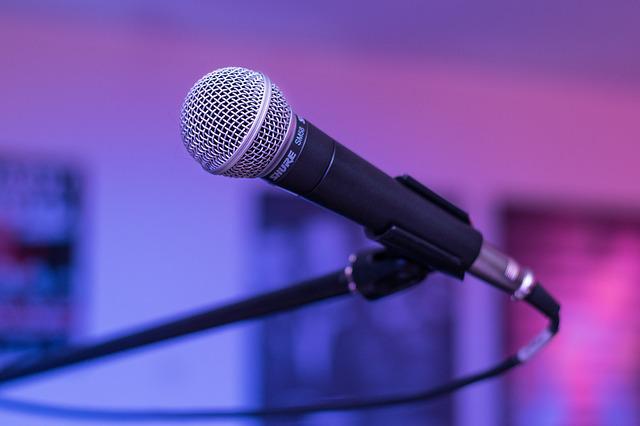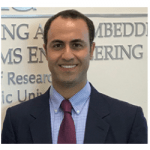Quantum microphone lets humans hear the advantage of quantum technologies

(ScienceX.com) Florian Kaiser, a permanent researcher and group leader in the team of Jörg Wrachtrup (Stuttgart), has written about his team’s successful project that proved quantum entanglement can be used as a noise filter for recording speech. IQT-News summarizes.
Engineers developing commercial microphones focus on eliminating technical sources of noise, such as that found in the signal amplifiers. But even when the technical noise sources are addressed, there is still a fundamental noise stemming from the quantum nature of any measurement. For high-sensitivity microphones that can perform close to this fundamental noise level, laser-based devices are top candidates. They measure the slightest displacements of microphone membranes in a fashion that resembles a microscopic version of gravitational wave interferometers.
Entangled photons can make use of quantum correlations to measure small displacements with an improved signal-to-noise ratio compared to laser light. However, the generally complex experimental setting of quantum physics experiments leads to a tremendous resource overhead and complicated data processing, which results in measurement rates of a few data points per second, at most. This is obviously incompatible with recording sound, where at least tens of thousands of data points per second need to be recorded to reconstruct the waveform.
Kaiser’s team found a new method that combines several fundamental quantum optics concepts to realize a quantum optical displacement sensor that is simple, robust, and operates below the classical noise limit at sampling rates up to 100 kHz.
They determined to show that this high measurement rate can actually be useful. They used a loudspeaker, placed it in front of a membrane, and then played 26,400 words from a medically approved speech recognition test. We then recorded the membrane displacements with a classical laser sensor and with our quantum optical sensor. Unsurprisingly, the data revealed that the signal-to-noise ratio was improved using quantum light.
Kaiser’s team next went to their local hospital, which also hosts a research department, including a calibrated sound studio environment. There, they used the recorded words to conduct a speech recognition test on 45 patients, which turned out to be quite a challenge during the COVID crisis. Nevertheless, the data showed that more than 71% of the subjects were able to hear the improvement provided by the quantum microphone. On average, the patients understood words correctly at a 0.57 dB reduced sound pressure level.
In other words, humans were able to hear the quantum advantage for the first time.
https://sciencex.com/news/2022-06-quantum-microphone-humans-advantage-technologies.html
Sandra K. Helsel, Ph.D. has been researching and reporting on frontier technologies since 1990. She has her Ph.D. from the University of Arizona.





















